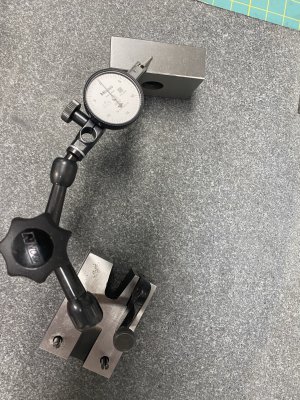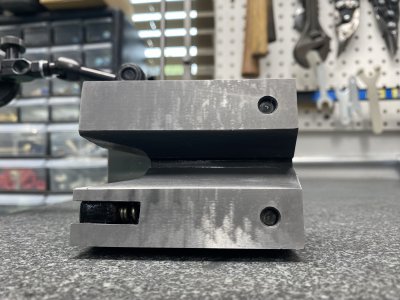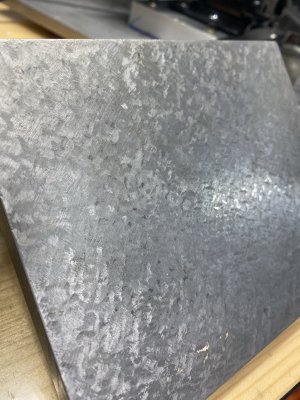- Joined
- Mar 26, 2018
- Messages
- 8,666
I didn’t own a simple surface gauge. I’ve seen some YouTube videos where they have a simple Noga articulating arm mounted on a flat block.
Well, I had a cheap surface gauge that was awful. I found it wasn’t flat, it rocked a few thousands
I lapped the base with one of my new DIY lapping plates.
It doesn’t rock anymore and it hinges correctly.
Well, I had a cheap surface gauge that was awful. I found it wasn’t flat, it rocked a few thousands
I lapped the base with one of my new DIY lapping plates.
It doesn’t rock anymore and it hinges correctly.







